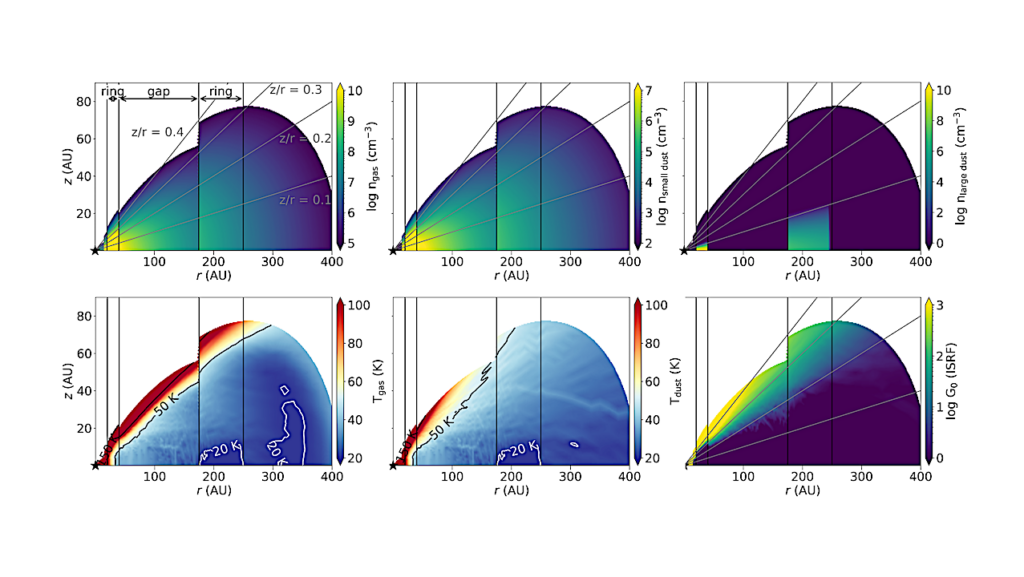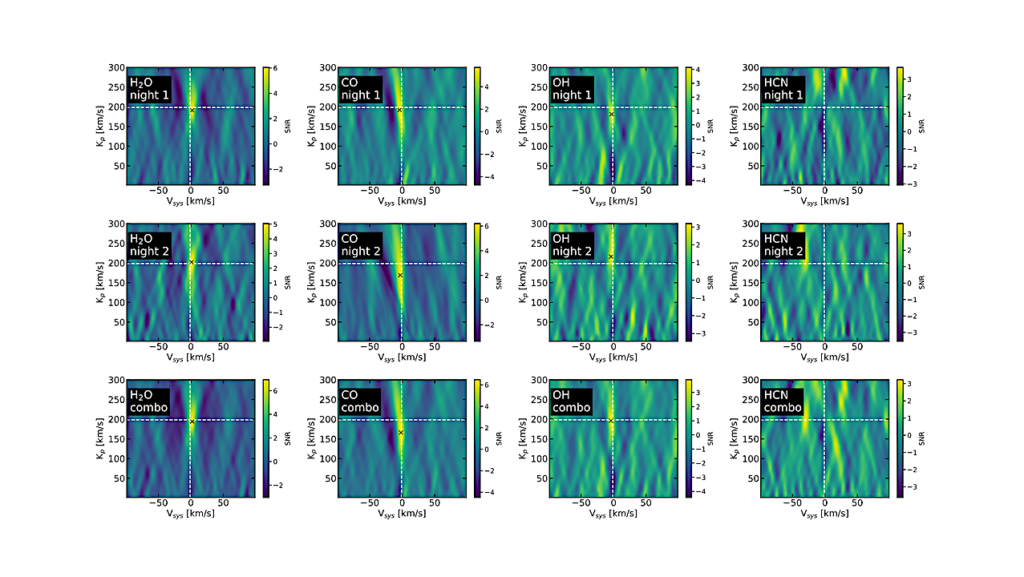ESA/NASA Mars Sample Return Away Team Campaign in Iceland

A team of martian scientists scouts the foothills of a volcano in Iceland hunting for a particular type of soil that matches samples collected by NASA’s Perseverance rover on the Red Planet.

The majestic landscape has a rusty colour from the dark, dense rock ejected during volcanic eruptions. The volcanic terrain, cool temperatures and sparse vegetation make the area very similar to ancient Mars. These conditions helped Iceland become the first European stopover for a treasure hunt that is searching for Mars-like samples around the world.
The effort is part of the joint Mars Sample Return campaign. While the rover has been busy sampling Mars for nearly two years and has filled 20 sample tubes, teams on Earth are preparing the technology needed to open them and extract the precious soil once they arrive on Earth in the 2030s.

Landscape comparison between Iceland (left) and Mars (right). Credits: R. Ewing/NASA/JPL-Caltech/ASU/MSSS
The geological adventure started when an international team, supported by two local experts from the Iceland Space Agency, arrived at Lambahraun, Iceland. The area is dotted with hills, sand dunes and boulders akin to the martian region the rover has been exploring – the Jezero Crater on Mars.
The long hours of daylight in the Arctic summer helped the scientists collect 450 kg of sand in an area strikingly similar to the recent rover’s exploration site on Mars. The martian-like samples were great matches to the Atmo Mountain and Crosswind Lake grainy samples collected on Mars in December 2022.

Measuring the right size with a chart. Credits: ISA-D. Leeb
Most of the Icelandic samples are now at the University of Oslo in Norway, from where they will be shipped to different parts of the world for testing. The Mars Sample Receiving Project will take care of the first samples returned from the Red Planet.
Learn more about this geological expedition in the land of fire and ice on ESA’s blog To Mars and Back.
Next stop: the Scottish Isle of Rum, UK.
Astrobiology








